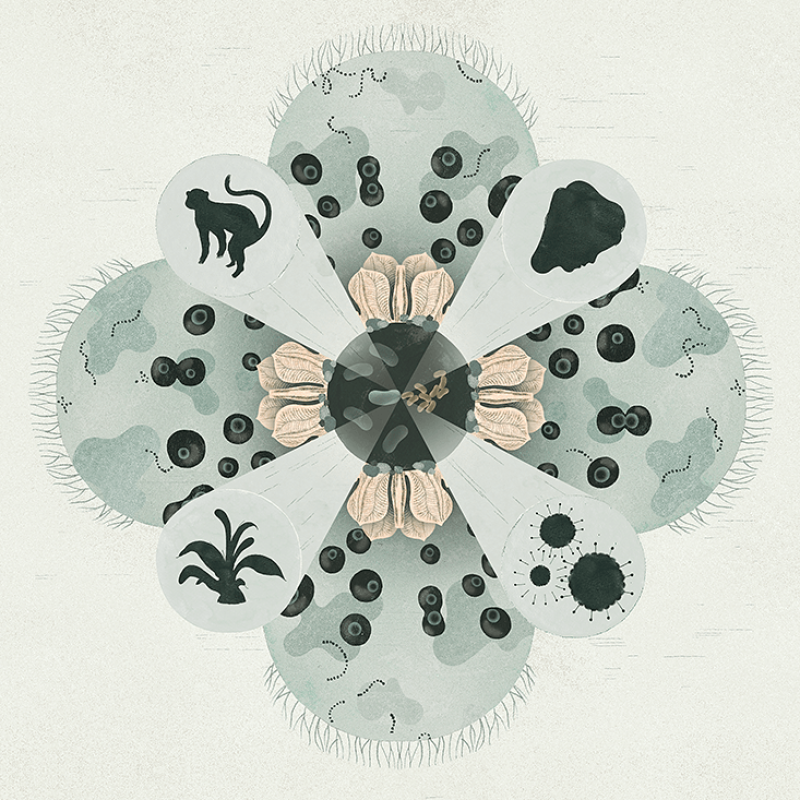Almost every cell in every animal, plant, fungus, and alga, a group of organisms known as “eukaryotes,” have a similar cellular architecture. Of note are their mitochondria—bean-shaped power plants that provide the cells with energy.
The transition from the classic prokaryotic, nucleus-free model to the deluxe eukaryotic one is arguably the most important event in the history of life on Earth. And in more than 3 billion years of existence, it happened exactly once.
There are many possible explanations, but one of these has recently gained a lot of ground. It tells of a prokaryote that somehow found its way inside another, and formed a lasting partnership with its host. This inner cell—a bacterium—abandoned its free-living existence and eventually transformed into the mitochondria. These internal power plants provided the host cell with a bonanza of energy, allowing it to evolve in new directions that other prokaryotes could never reach.
Read the full, original article: The Unique Merger That Made You (and Ewe, and Yew)
































